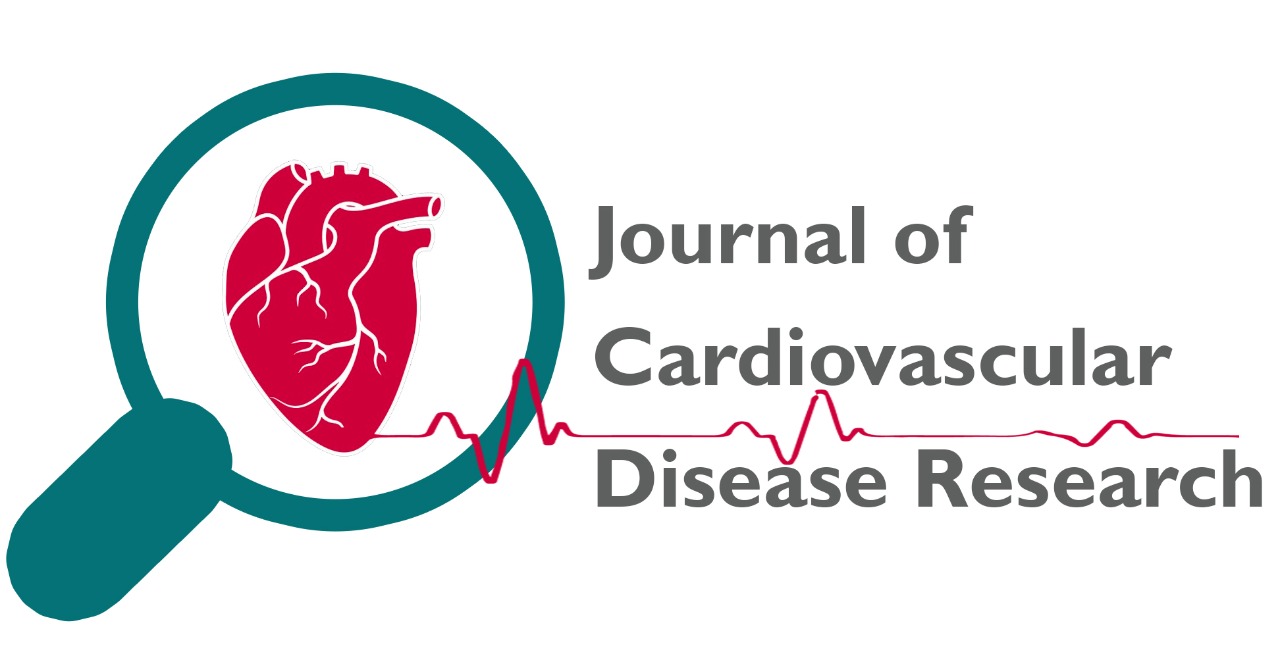
Spectrum of drug-induced liver injury in a tertiary hospital
Dr. Jitendra Gupta, Dr. Nabeel Ahmed Hashmi, Dr. Vikas Pandey, Dr. Rekha Vimal
JCDR. 2024: 1173-1177
Abstract
Background: Drug-induced liver injury (DILI) is a significant cause of morbidity and mortality worldwide. Understanding the spectrum of DILI in tertiary hospitals is essential for effective management and prevention strategies. Materials and Methods: A retrospective analysis was conducted on patients diagnosed with DILI admitted to a tertiary hospital between January 2018 and November 2023. Demographic data, implicated drugs, clinical presentation, laboratory findings, and outcomes were analyzed. Results: Among 250 patients diagnosed with DILI, the mean age was 52 years , with a slight male predominance (55%). The most commonly implicated drug classes were antibiotics (32%), nonsteroidal anti-inflammatory drugs (NSAIDs) (25%), and herbal supplements (18%). Clinical presentation varied widely, with jaundice (65%), fatigue (52%), and abdominal pain (45%) being the most common symptoms. Laboratory investigations revealed elevated alanine transaminase (ALT) (mean: 856 U/L), aspartate transaminase (AST) (mean: 724 U/L), and total bilirubin (mean: 8.5 mg/dL). Liver biopsy was performed in 40% of cases, showing patterns consistent with hepatocellular injury (45%), cholestatic injury (35%), and mixed injury (20%). Management included discontinuation of the offending agent (100%), supportive care, and, in severe cases, liver transplantation (5%). Mortality rate was 8%. Conclusion: DILI presents with diverse clinical manifestations and laboratory findings. Prompt recognition, withdrawal of the offending agent, and supportive care are crucial in management. A multidisciplinary approach involving hepatologists, pharmacists, and clinicians is necessary for optimal patient outcomes.
Description
Drug-induced liver injury (DILI) is a significant public health concern, contributing to substantial morbidity and mortality worldwide (1). It encompasses a wide spectrum of liver abnormalities, ranging from asymptomatic elevation of liver enzymes to fulminant hepatic failure requiring liver transplantation (2). DILI can result from a variety of medications, including antibiotics, nonsteroidal anti-inflammatory drugs (NSAIDs), herbal supplements, and chemotherapeutic agents (3). The incidence and severity of DILI vary depending on factors such as the individual's genetic predisposition, dose and duration of drug exposure, and the presence of underlying liver disease (4). Understanding the epidemiology, clinical manifestations, and outcomes of DILI is crucial for clinicians to promptly recognize and manage this condition. Tertiary hospitals often encounter complex cases of DILI due to the referral of patients with severe liver injury or uncertain diagnoses (5). Despite advancements in diagnostic techniques and treatment modalities, DILI remains a diagnostic challenge, requiring a high index of suspicion and a comprehensive evaluation to establish the causative agent (6). This retrospective study aims to delineate the spectrum of DILI in a tertiary hospital setting, focusing on demographic characteristics, implicated drugs, clinical presentation, laboratory findings, histopathological features, management strategies, and outcomes. The findings of this study can provide valuable insights into the epidemiology and clinical course of DILI, facilitating early recognition, appropriate management, and preventive measures to minimize the burden of this potentially life-threatening condition.
Volume & Issue
Volume 15 Issue 2
Keywords
Drug-induced liver injury, Tertiary hospital, Hepatotoxicity, Clinical spectrum, Management.
|
This is an open access journal which means that all content is freely available without charge to the user or his/her institution. Users are allowed to read, download, copy, distribute, print, search, or link to the full texts of the articles in this journal without asking prior permission from the publisher or the author. This is in accordance with the Budapest Open Access Initiative (BOAI) definition of open access.
The articles in Journal of Cardiovascular Disease Research are open access articles licensed under the terms of the Creative Commons Attribution Non-Commercial License (http://creativecommons.org/licenses/by-nc-sa/3.0/) which permits unrestricted, non-commercial use, distribution and reproduction in any medium, provided the work is properly cited. |
|
|
|
|
|
Copyright � 2022 Journal of Cardiovascular Disease Research All Rights Reserved. Subject to change without notice from or liability to Journal of Cardiovascular Disease Research.
For best results, please use Internet Explorer or Google Chrome POLICIES & JOURNAL LINKS
Author Login
Reviewer Login About Publisher Advertising Policy Author's Rights and Obligations Conflict of Interest Policy Copyright Information Digital Archiving & Preservation Policies Editorial Policies Peer Review Policy Editorial & Peer Review Process License Information Plagiarism Policy Privacy Policy Protection of Research Participants (Statement On Human And Animal Rights) Publication Ethics and Publication Malpractice Statement Corrections, Retractions & Expressions of Concern Self-Archiving Policies Statement of Informed Consent Terms of Use |
Contact InformationJournal of cardiovascular Disease Research,
|




